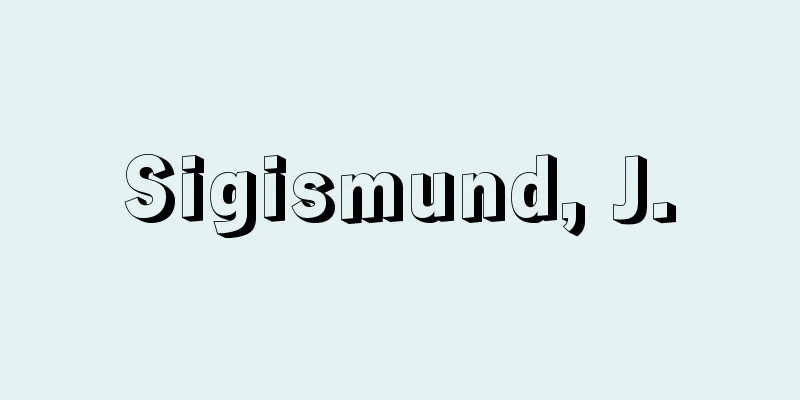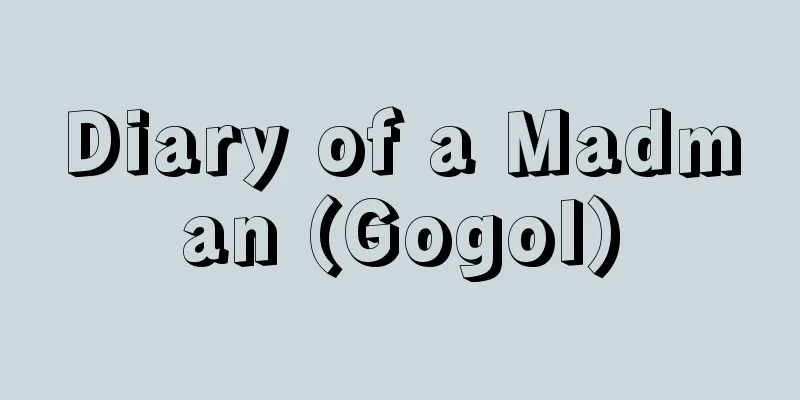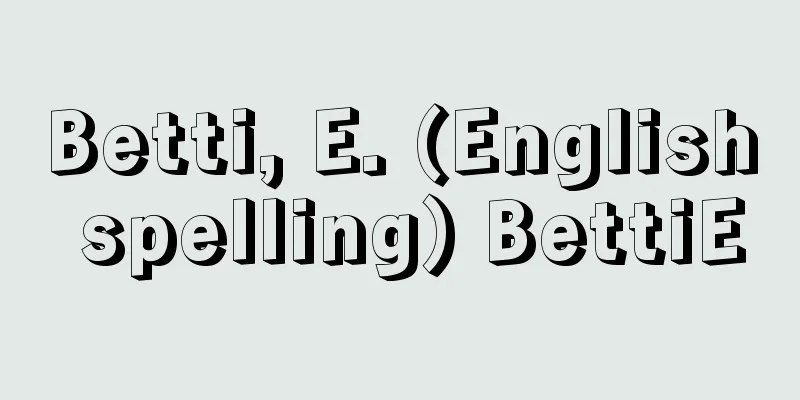Campora, HJ - Campora

|
...The military government thoroughly suppressed workers and Peronists, and attempted to overcome inflation and develop the economy, but it was only partially successful. As public criticism of the military government grew, elections were held in March 1973 to transfer power to civilian rule. Peronist Héctor José Cámpora won the election, but his radicalism drew criticism from within and outside the party, and Perón returned to power after 18 years through re-elections in September 1973. However, with no prospect of rebuilding his homeland, which was suffering from inflation and guerrilla activity, he suddenly died in July 1974, and his wife, María Isabel Martínez de Perón, was promoted to president. ... From [Peronismo]...Since then, Peronism's power was mainly supported by the Peronista Party and labor organizations (especially the General Confederation of Labor, CGT) controlled by Peronista workers. However, after the fall of Perón in 1955, Peronism gradually shifted to the left amid fierce conflict with the military. In particular, from 1960 to 1970, some Peronists formed guerrilla organizations such as the Montoneros (established in 1968) and threatened the military government (1966-73). The military, realizing the error of leaving Peronism outside the political sphere, held elections in March 1973 in which Peronistas were allowed to participate, but the winner of these elections, Héctor José Cámpora (1909-80), pursued policies in line with the wishes of the Peronista left, which provoked opposition from the centrist and rightist factions led by Perón. In the presidential election of September 1973, Perón himself returned to the presidency and attempted a shift to a more moderate course. This course was continued under the government of Isabel Perón (1974-76) after Perón's death, but Isabel's inexperience in politics led to frequent changes of policy, which contributed to the deterioration of Peronism's image. *Some of the terminology explanations that mention "Campora, HJ" are listed below. Source | Heibonsha World Encyclopedia 2nd Edition | Information |
|
…この軍政は,労働者とペロニスタを徹底的に弾圧し,インフレの克服と経済開発を図ったが,部分的にしか成功を収めず,軍政に対する国民の批判が高まるなかで,73年3月民政移管のための選挙が行われた。この選挙でペロニスタのカンポラHéctor José Cámporaが当選するが,彼の急進主義は党内外の批判を浴び,73年9月の再選挙を通じてペロンが18年ぶりに政権の座に返り咲いた。しかし,インフレとゲリラの暗躍に苦悩する祖国を再建するめども立たぬまま74年7月急逝し,夫人のイサベル・ペロンMaría Isabel Martínez de Perónが大統領に昇格した。… 【ペロニスモ】より…以後ペロニスモの勢力はおもにペロニスタ党とペロニスタ系労働者の牛耳る労働組織(とくに労働総同盟CGT)によって支えられてきたが,55年のペロンの失脚後,軍部との激しい抗争の中でペロニスモはしだいに左傾化し,とくに60‐70年にかけペロニスタの一部は,モントネロス(1968設立)などのゲリラ組織を形成して軍政(1966‐73)を脅かした。ペロニスモを政治の枠外においておくことの非を悟った軍部は,73年3月ペロニスタの参加を認めた選挙を実施するが,この選挙で勝利したカンポラHéctor José Cámpora(1909‐80)は,ペロニスタ左派の意向に沿った政策を進めたため,ペロンを中心とする中間派・右派の反発を招き,73年9月の大統領選を経てペロンみずからが大統領に返り咲き,穏健路線への転換を図った。この路線はペロンの死後イサベル・ペロン政権(1974‐76)の下でも引き継がれたが,イサベルが政治に不慣れだったこともあり,朝令暮改を重ね,ペロニスモのイメージ・ダウンの一因となった。… ※「カンポラ,H.J.」について言及している用語解説の一部を掲載しています。 出典|株式会社平凡社世界大百科事典 第2版について | 情報 |
Recommend
Schoolchild evacuation
This was a measure taken at the end of World War ...
Kansai Paint - Kansai Paint
A leading paint manufacturer. Founded in 1918. Mer...
high strength low alloyed steel
...Those made by heat treatment are called temper...
Garrison
… Garrisons are not unique to Japan, but also exi...
norcamphane
…(chemical formula) A cyclic hydrocarbon. Also ca...
Wetland Agriculture
Agriculture carried out in hot, humid regions wher...
Responsibility - Responsibility
When a human action is free and the cause of the ...
Altdorfer, E.
…He was also an accomplished artist in prints, wa...
Upper edge - Ageha
...The musical form is usually composed of three ...
Güemes Pacheco de Padilla, JV - Güemes Pacheco de Padilla
The viceroys who ruled the Indies for 300 years w...
Quick change - Hayagawari
A directing and acting technique in which an actor...
Yellow Anaconda
...They are ovoviviparous and give birth to about...
Danaides
…son of Belos, twin brother of Aigyptos, king of ...
Branislav Nusić
A playwright and novelist from the Kingdom of Yug...
Indian Mutiny
In 1857-58, under the control of the British East ...









